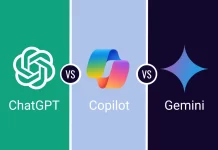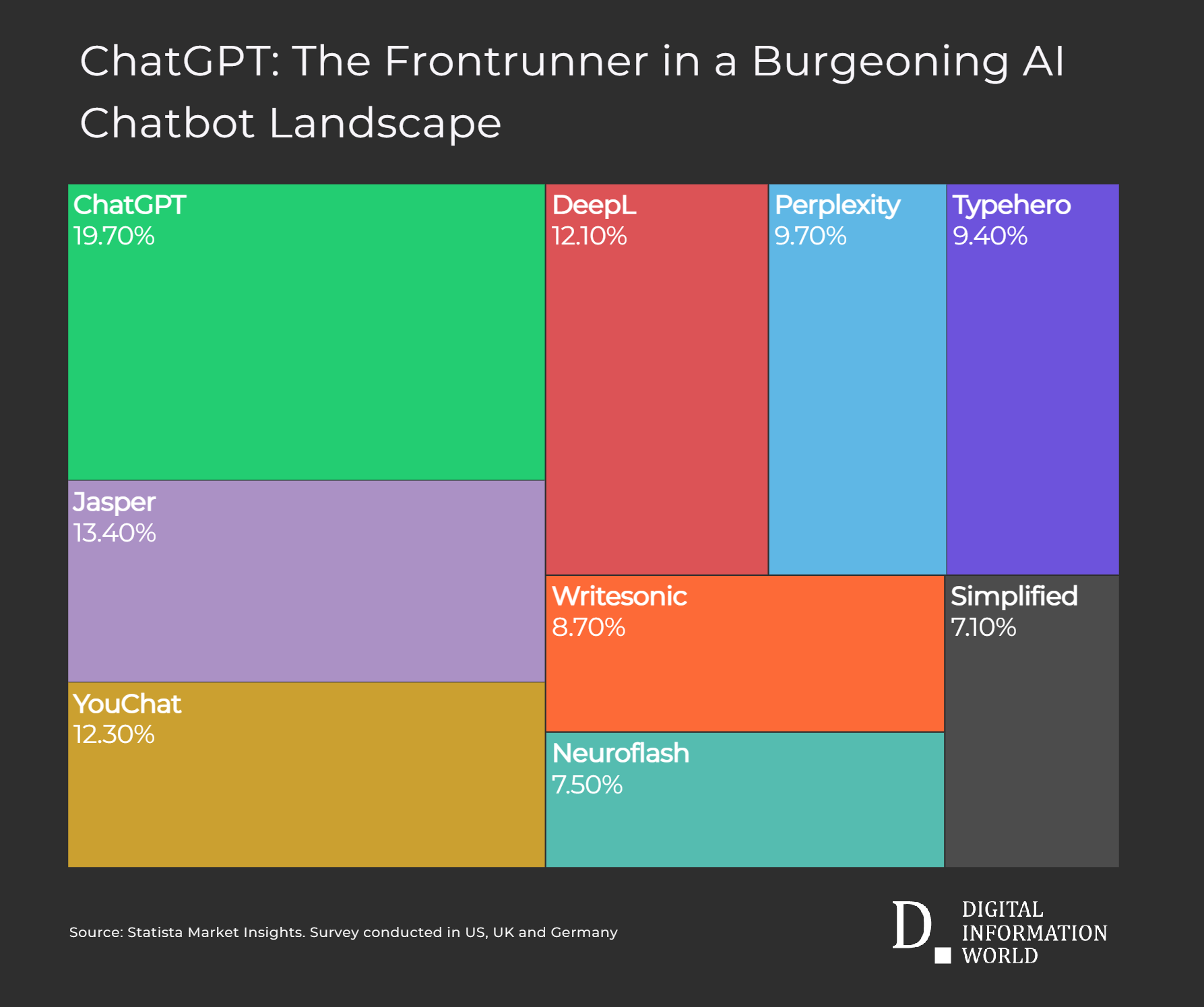The Human Backbone Behind ChatGPT and Other Language AI’s
In the world of artificial intelligence, the buzz surrounding ChatGPT and other expansive language model systems is widespread, capturing various themes from their potential to reshape web searches to their implications for job markets and even humanity’s future. However, amidst the excitement and speculation lies a fundamental truth: these advanced AI systems are, in fact, heavily reliant on human input and expertise to function effectively.
Despite the term “artificial intelligence,” these models are far from autonomous. They cannot learn, evolve, or adapt without the continuous infusion of human-generated content and guidance. This article delves into the intricate relationship between large language models and human involvement, exposing the hidden workforce that drives the magic behind technology.

Dependence on Human Knowledge
At the heart of the matter is the stark reality that ChatGPT’s prowess originates from the wellspring of human knowledge and labor. The architecture of large language models, including ChatGPT, hinges on predicting the sequence of characters, words, and sentences based on extensive training data sets. These data sets are sourced from a plethora of publicly available text, scraped from various corners of the internet.
Imagine training a language model on sentences like “Bears are large, furry animals,” “Bears have claws,” and “Bears are secretly robots.” The model, relying on frequency, would be inclined to assert that bears are, indeed, secretly robots due to the repetitive sequence. This exemplifies a challenge faced by models trained on diverse and sometimes inconsistent data sets, which is inherent even in academic literature.
The Role of Feedback
Addressing this limitation requires human feedback. Users of ChatGPT have the option to rate responses as either good or bad, often providing examples of what constitutes a favorable answer. Feedback, collected from users, development teams, and hired contractors responsible for labeling output, plays a crucial role in guiding large language models’ behavior. The models learn which sequences of text are deemed favorable through this feedback loop.
ChatGPT cannot independently evaluate, analyze, or compare information. It can only generate text sequences resembling what other humans have expressed in similar situations. This means that when the model delivers a satisfactory response, it is, in essence, drawing from a vast pool of human labor that has collectively determined what constitutes a “good” response. Behind the digital curtain lies an army of hidden human workers that contribute to the model’s functionality.
Examples of Human Involvement
A poignant illustration of this hidden workforce emerges from an investigation by Time magazine. The report unveils how hundreds of Kenyan workers spent countless hours sifting through disturbing and offensive content from the depths of the internet. Their task was to label such content to train ChatGPT not to replicate it. This grueling work, done for a meager pay of USD2 per hour, took a toll on the workers’ mental well-being.
Limitations of Large Language Models
The importance of human intervention becomes evident when examining ChatGPT’s tendency to “hallucinate” – providing confidently inaccurate responses. The model’s inability to deliver accurate responses on various topics without adequate training showcases its limitations. For instance, asking ChatGPT to summarize plots of different fictional works highlights its varying levels of proficiency, demonstrating its reliance on training data.
The Future of Large Language Models
In conclusion, the grandeur associated with large language models often obscures the immense role played by humans in their functionality. Rather than heralding an era of independent artificial intelligence, these models underscore the symbiotic relationship between technology and human expertise. As the landscape of AI evolves, it’s essential to recognize that large language models are indeed “artificial intelligence” that thrives on human intelligence and labor.




